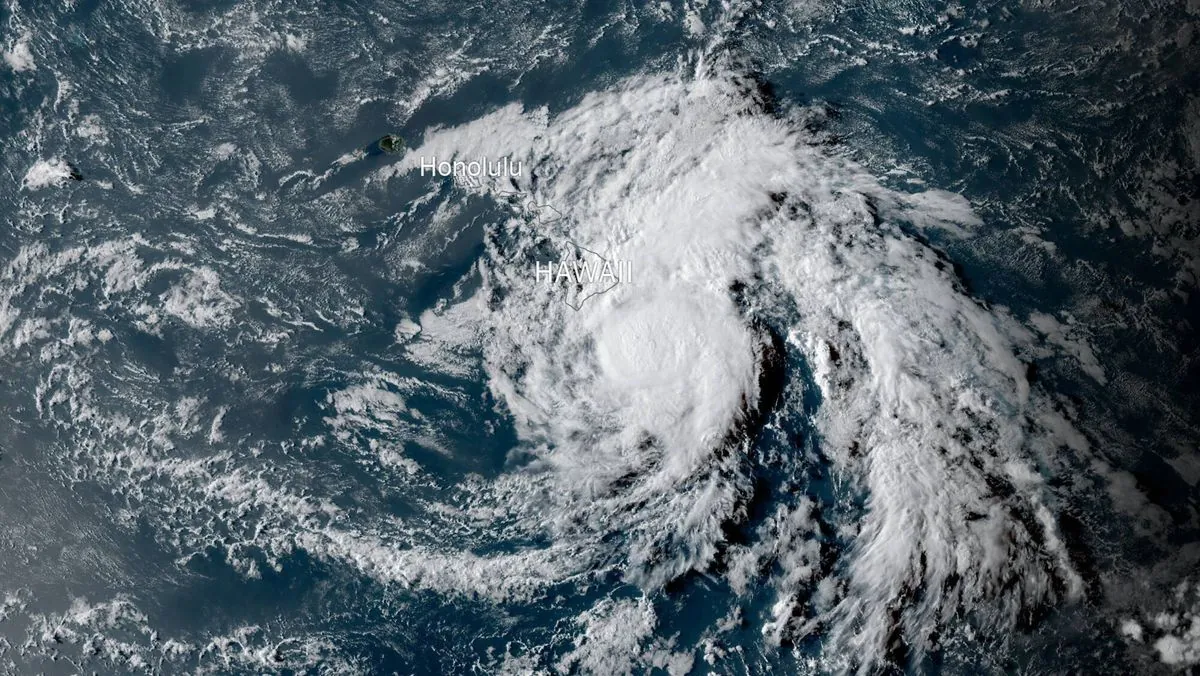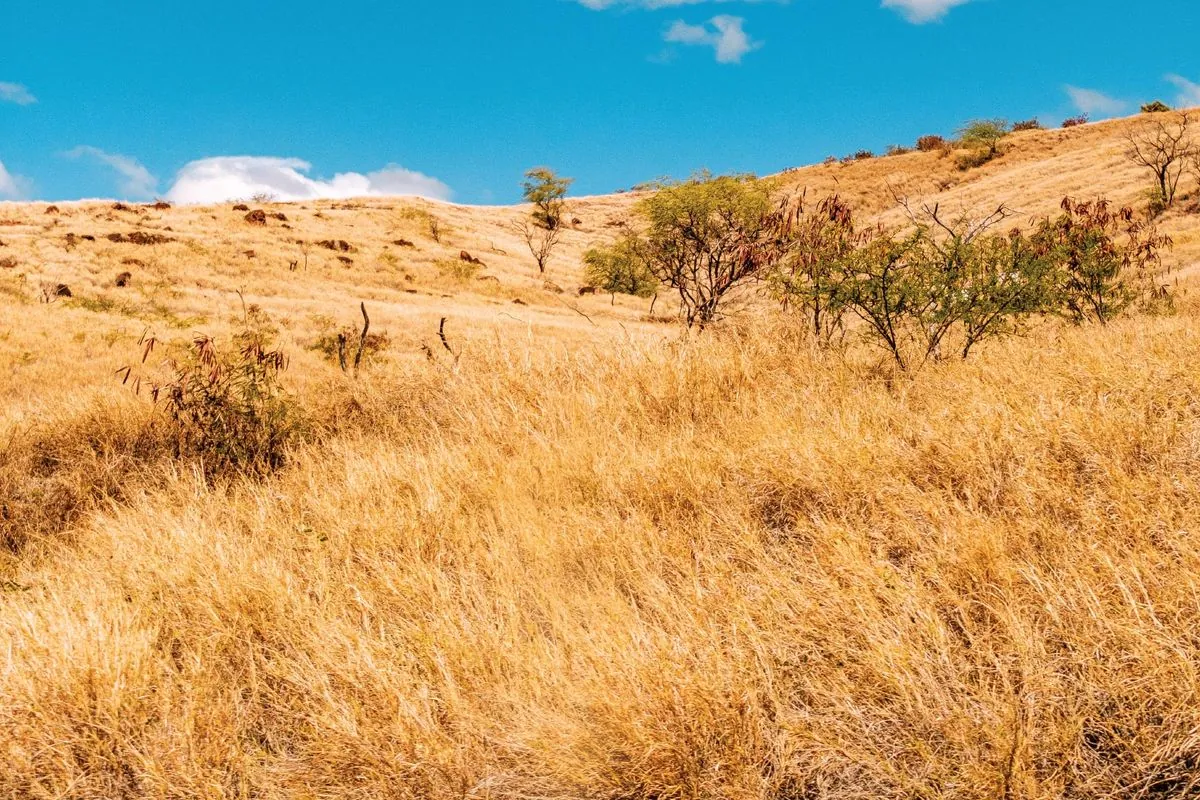Hurricane Hone Drenches Hawaii, Easing Wildfire Concerns
Hurricane Hone passed south of Hawaii, bringing heavy rain and strong winds. The rainfall alleviated wildfire risks, while officials remained vigilant about potential flooding and high surf.

Hurricane Hone, whose name means "sweet and soft" in Hawaiian, swept past the southern coast of Hawaii early Sunday, August 25, 2024. The storm, with maximum winds reaching 80 mph (130 kph), brought substantial rainfall to the archipelago, prompting the National Weather Service to lift its red flag warnings for potential wildfires.
The hurricane's proximity to the Big Island resulted in tropical storm-force winds and significant precipitation, with some areas expecting up to a foot (30 centimeters) of rain. Mitch Roth, the Big Island Mayor, reported the closure of several beach parks due to dangerously high surf conditions.
While Hone moved westward, another storm, Hurricane Gilma, intensified to a Category 4 hurricane. However, Gilma remained approximately 1,480 miles (2,380 kilometers) east of Hilo and was forecast to weaken significantly before reaching Hawaii.
The heavy rainfall brought by Hone has temporarily alleviated concerns about wildfires in the archipelago. This comes as a relief to many residents, especially in light of the tragic Lahaina wildfire that occurred just over a year ago on August 8, 2023. That devastating event, fueled by hurricane-force winds, claimed 102 lives and became the deadliest U.S. wildfire in over a century.

Calvin Endo, a Waianae Coast neighborhood board member, expressed ongoing concerns about dry conditions in fire-prone areas. He emphasized the importance of clearing dry brush, stating, "All you need is fire and wind and we'll have another Lahaina."
In response to the potential threats posed by Hurricane Hone, local power companies, Hawaiian Electric and the Kauai Island Utility Cooperative, had prepared for possible power shutoffs to mitigate fire risks. However, these precautionary measures were ultimately deemed unnecessary as the storm passed.
Hawaii's unique geography and climate contribute to its vulnerability to both hurricanes and wildfires. As the only U.S. state composed entirely of islands, Hawaii faces distinct challenges in managing natural disasters. The archipelago, consisting of 137 islands spread over 1,500 miles, experiences varied weather patterns influenced by elevation and windward/leeward locations.
The state's economy, heavily reliant on tourism with over 10 million annual visitors, is particularly sensitive to natural disasters. This underscores the importance of effective disaster preparedness and response strategies.
While Hurricane Hone's rainfall has temporarily reduced wildfire risks, it's crucial to note that Hawaii's climate and geography continue to present ongoing challenges. The islands' isolation, being 2,390 miles from California, emphasizes the need for self-sufficiency in disaster management.
As Hawaii navigates these weather events, it's worth noting that the state is home to numerous endemic species and boasts the highest life expectancy of any U.S. state at 81.3 years. These factors highlight the importance of preserving the islands' unique ecosystem and maintaining the well-being of its residents in the face of natural hazards.
In conclusion, while Hurricane Hone has brought relief from immediate wildfire concerns, it serves as a reminder of Hawaii's complex relationship with natural phenomena. As the islands continue to face challenges from both hurricanes and wildfires, ongoing vigilance and preparedness remain crucial for the safety and resilience of Hawaii's communities.


































